Home>Garden Essentials>How To Plant Birds Of Paradise Seeds
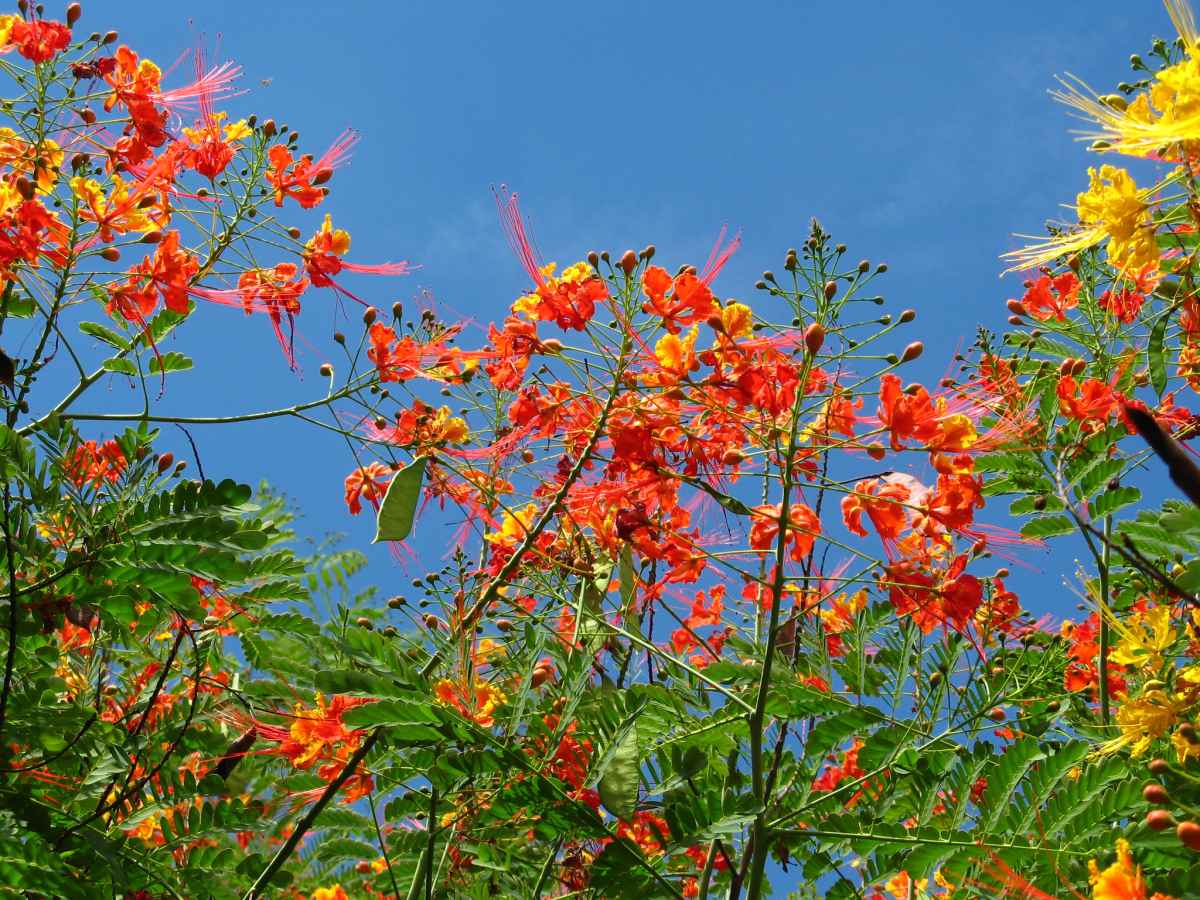

Garden Essentials
How To Plant Birds Of Paradise Seeds
Modified: March 15, 2024
Learn how to plant Birds of Paradise seeds and create a stunning garden with our step-by-step guide. Bring tropical beauty to your outdoor space!
(Many of the links in this article redirect to a specific reviewed product. Your purchase of these products through affiliate links helps to generate commission for Storables.com, at no extra cost. Learn more)
Introduction
Welcome to the wonderful world of gardening! Whether you’re a seasoned green thumb or just getting started, planting and nurturing your own garden is a rewarding experience. If you’re looking to add a touch of exotic beauty to your garden, consider planting birds of paradise seeds.
Birds of paradise, scientifically known as Strelitzia reginae, are striking and vibrant flowers that resemble the shape and colors of tropical birds. These unique flowers are native to South Africa and have gained popularity across the globe for their stunning appearance.
In this article, we will guide you through the step-by-step process of planting birds of paradise seeds and provide tips on how to care for them as they grow. So, grab your gardening tools and let’s dive in!
Key Takeaways:
- Choose fresh, firm birds of paradise seeds and create a well-draining soil mix. Soak the seeds in warm water for 24 hours before planting to improve germination. Provide optimal growing conditions and care for healthy, vibrant plants.
- Transplant seedlings with at least 3-4 sets of true leaves into well-draining soil with full to partial sun. Maintain regular watering, fertilization, and pest control. Enjoy the stunning blooms with continued care and attention.
Read more: How To Harvest Bird Of Paradise Seeds
Step 1: Selecting the Seeds
The first step in planting birds of paradise seeds is to choose high-quality seeds. You can purchase seeds from a reputable nursery or seed supplier. Look for seeds that are fresh, as older seeds may have a lower germination rate.
Inspect the seeds to ensure they are firm, plump, and free from any signs of damage or mold. Select seeds that have a good weight to them, as this indicates viability.
It’s worth noting that birds of paradise seeds have a hard outer shell, which can make them difficult to germinate. To improve your chances of success, consider scarifying the seeds before planting. Scarification involves gently using a file or sandpaper to create small scratches or openings in the seed coat. This process helps to weaken the tough outer layer, allowing water to penetrate and germination to occur.
Once you’ve selected your seeds and prepared them if necessary, you’re ready to move on to the next step in the planting process.
Step 2: Preparing the Planting Medium
Creating the right planting medium is crucial for the successful growth of birds of paradise seeds. These seeds require well-draining soil that is rich in organic matter.
Start by selecting a pot or container with drainage holes to prevent waterlogging. Fill the pot with a well-balanced potting mix or create your own by combining equal parts of peat moss, perlite, and compost. This mixture ensures proper drainage while providing the necessary nutrients for the seeds.
Before adding the planting medium to the pot, moisten it slightly. This will help the seeds establish contact with the soil and encourage germination. Avoid making the soil overly wet, as excessive moisture can lead to rotting.
Once the planting medium is prepared, it’s time to move on to the next step in the process: soaking the seeds.
Step 3: Soaking the Seeds
Soaking the birds of paradise seeds before planting can help speed up the germination process and increase the chances of successful sprouting. This step is particularly important due to the hard outer coat of the seeds.
Begin by filling a bowl with warm water. Place the seeds in the bowl and make sure they are fully submerged. Let the seeds soak for about 24 hours. During this time, the water will penetrate the outer shell and soften it, making it easier for the seeds to germinate.
It’s important to note that some gardeners recommend scarifying the seeds before soaking them. This helps to further weaken the seed coat and enhances water absorption for improved germination. If you haven’t already scarified the seeds, you can gently file or sandpaper the surface before soaking them.
After the soaking period, carefully remove the seeds from the water and drain off any excess moisture. They are now ready to be planted in the prepared planting medium.
Now that the seeds are primed for germination, it’s time to move on to the next step: planting them.
Step 4: Planting the Seeds
Now that you have soaked and prepared the birds of paradise seeds, it’s time to plant them in the prepared planting medium.
Start by creating small holes in the planting medium, about half an inch deep. Place one seed in each hole and cover it gently with soil, ensuring it is evenly dispersed. Gently press down the soil to secure the seeds in place.
It’s important to provide adequate spacing between the seeds to allow them room to grow. Aim for a distance of about 12 to 18 inches between each seed. This will prevent overcrowding and ensure sufficient air circulation.
After planting, mist the soil surface with a spray bottle to provide a light layer of moisture. Avoid overwatering, as excess moisture can lead to root rot. Place the pot in a warm and sunny location, as this will help expedite the germination process.
Now that the seeds are securely planted, it’s time to move on to the next step: providing optimal growing conditions.
Plant Birds of Paradise seeds in a well-draining potting mix, keeping them warm and moist. It’s important to provide plenty of sunlight and maintain a consistent watering schedule to help the seeds germinate and grow successfully.
Step 5: Providing Optimal Growing Conditions
Creating the ideal growing conditions is essential for the successful development of birds of paradise seeds into healthy plants. Here are some key factors to consider:
1. Sunlight: Birds of paradise thrive in bright, indirect sunlight. Place the pot in a location where it will receive at least 6 hours of sunlight per day, preferably in the morning or afternoon when the sun is less intense.
2. Temperature: These plants prefer warm temperatures between 65°F to 85°F (18°C to 29°C). Avoid exposing them to extreme cold or hot conditions, as it can negatively impact their growth.
3. Watering: While birds of paradise require regular watering, it’s important to strike a balance and avoid overwatering. Allow the top layer of soil to dry out slightly between waterings. When watering, make sure to saturate the soil evenly but avoid waterlogging.
4. Humidity: Birds of paradise thrive in a humid environment. Increase humidity by misting the foliage regularly or placing a tray of water near the plant to allow for natural evaporation.
5. Fertilization: Feed the plants with a balanced liquid fertilizer every two weeks during the growing season. This will provide them with the necessary nutrients to support healthy growth.
By ensuring that these growing conditions are met, you will set the stage for the healthy development of your birds of paradise plants.
Now that you have provided the ideal growing conditions, it’s time to move on to the next step: caring for the seedlings.
Step 6: Caring for the Seedlings
Now that your birds of paradise seeds have germinated and started to grow into seedlings, it’s important to provide them with proper care to ensure their continued health and development.
1. Watering: Be attentive to the moisture needs of the seedlings. Keep the soil consistently moist but not waterlogged. Water the plants when the top inch of soil feels dry to the touch. Avoid overwatering, as it can lead to root rot.
2. Thinning: If multiple seedlings have germinated in a single pot, it’s important to thin them out to provide adequate space for each plant to grow. Gently remove the extra seedlings, leaving only one healthy plant per pot.
3. Support: As the seedlings continue to grow, they may require support to prevent them from falling over. Insert a small stake or bamboo stick into the soil and gently tie the stem to it using soft garden ties or twine.
4. Pest Control: Keep an eye out for common pests such as aphids or spider mites. If you notice any infestation, treat the plants with a natural insecticidal soap or neem oil spray to control the pests.
5. Regular Monitoring: Regularly inspect the seedlings for any signs of nutrient deficiencies, diseases, or unusual growth patterns. Take prompt action if any issues arise to prevent further damage.
6. Gradual Acclimation: If you plan to eventually transplant the seedlings outdoors, gradually acclimate them to the outdoor conditions by exposing them to a few hours of sunlight each day. This will help them adjust to the new environment without experiencing shock.
By providing proper care to your seedlings, you will set them up for successful growth and ensure their transition into healthy, mature plants.
Now that you have learned how to care for the seedlings, it’s time to move on to the next step: transplanting them into the garden.
Step 7: Transplanting the Seedlings
As your birds of paradise seedlings continue to grow and develop, they will eventually outgrow their small pots and need to be transplanted into the garden or a larger container. Here’s how to successfully transplant the seedlings:
1. Timing: Wait until the seedlings have at least 3 to 4 sets of true leaves before transplanting them. This typically takes around 6 to 8 weeks from the time of germination.
2. Selecting the location: Choose a spot in your garden or a larger container that receives full to partial sun, depending on the specific requirements of your birds of paradise variety. Ensure the soil is well-draining and enriched with organic matter.
3. Digging the hole: Dig a hole that is slightly larger and deeper than the size of the root ball of the seedling. Gently loosen the soil at the bottom of the hole to encourage root growth.
4. Transplanting: Carefully remove the seedlings from their pots, ensuring that the roots remain intact. Place the seedling in the prepared hole and backfill it with soil. Gently press down the soil around the base of the plant to secure it in place. Water the newly transplanted seedling thoroughly.
5. Spacing: Ensure that you leave enough space between each transplant so that the mature plants have adequate room to grow. Consult the specific spacing requirements for your variety, as it can vary.
6. Mulching: Apply a layer of mulch around the base of the plants to help retain moisture, regulate soil temperature, and suppress weed growth.
7. Continued care: After transplanting, continue to water the seedlings regularly, especially during periods of dry weather. Monitor the plants for any signs of stress or nutrient deficiencies and provide appropriate care as needed.
Transplanting seedlings is an exciting step toward seeing your birds of paradise thrive in their new environment. With proper care and attention, they will continue to grow and eventually reward you with their stunning blooms.
Now that you have successfully transplanted the seedlings, it’s time to move on to the final step: maintenance and continued care.
Step 8: Maintenance and Continued Care
Congratulations on successfully transplanting your birds of paradise seedlings! To ensure the long-term health and vibrancy of your plants, it’s important to provide consistent maintenance and care. Here are some key considerations:
1. Watering: Continue to water your birds of paradise plants regularly, especially during dry spells. Aim for deep, thorough watering to encourage deep root growth. Avoid overwatering, as excessive moisture can lead to root rot.
2. Fertilizing: Feed your plants with a balanced slow-release fertilizer every 2-3 months to provide them with essential nutrients. Follow the instructions on the fertilizer package for proper application rates.
3. Pruning: Prune off any dead or damaged leaves to maintain the overall health and appearance of the plant. Remove spent flowers and stalks to redirect the plant’s energy towards new growth and flowering.
4. Protection from Extreme Weather: Birds of paradise plants are sensitive to extreme temperatures and frost. If you live in a region with harsh winters, consider covering your plants or bringing them indoors during colder months.
5. Staking: As your plants grow, they may need additional support. Use stakes or bamboo sticks to help keep the stems upright and prevent them from bending or breaking.
6. Pest Control: Regularly monitor your plants for common pests such as aphids, mealybugs, or spider mites. Treat any infestations promptly with suitable organic insecticides to prevent damage to your plants.
7. Division and Propagation: Over time, your birds of paradise plants may become crowded or produce offshoots. You can divide the plants to create new ones or propagate them through offsets to expand your collection or share with fellow gardeners.
8. Continued Learning: Keep expanding your knowledge of birds of paradise plants and their specific care requirements. Stay updated on any new tips or techniques that can help you ensure the ongoing health and beauty of your plants.
By implementing these maintenance practices and giving your birds of paradise plants the attention they need, you can enjoy their stunning blooms for years to come.
Now that you have learned about the maintenance and continued care, it’s time to put your knowledge into action and enjoy the beauty of your thriving birds of paradise plants!
Read more: How To Dispose Of Moldy Bird Seed
Conclusion
Congratulations! You have now learned the step-by-step process of planting birds of paradise seeds and caring for them as they grow into beautiful, vibrant plants. By following the guidelines in this article, you have set yourself up for success in creating a stunning addition to your garden.
Remember, selecting high-quality seeds, preparing the planting medium, soaking the seeds, and planting them in a suitable location are crucial steps in ensuring the successful germination of your birds of paradise seeds. Providing optimal growing conditions, caring for the seedlings, transplanting them into the garden, and maintaining their health will help them thrive.
Through regular watering, proper fertilization, pruning, and protection from extreme weather and pests, you can maintain the health and vitality of your birds of paradise plants. Don’t forget to continue learning and expanding your gardening knowledge to enhance your skills and understanding of these remarkable plants.
Now it’s time to put your newfound knowledge into action! Get your gardening tools, select the best seeds, and begin your journey to create a magnificent garden filled with the beauty of birds of paradise.
Happy gardening!
Frequently Asked Questions about How To Plant Birds Of Paradise Seeds
Was this page helpful?
At Storables.com, we guarantee accurate and reliable information. Our content, validated by Expert Board Contributors, is crafted following stringent Editorial Policies. We're committed to providing you with well-researched, expert-backed insights for all your informational needs.
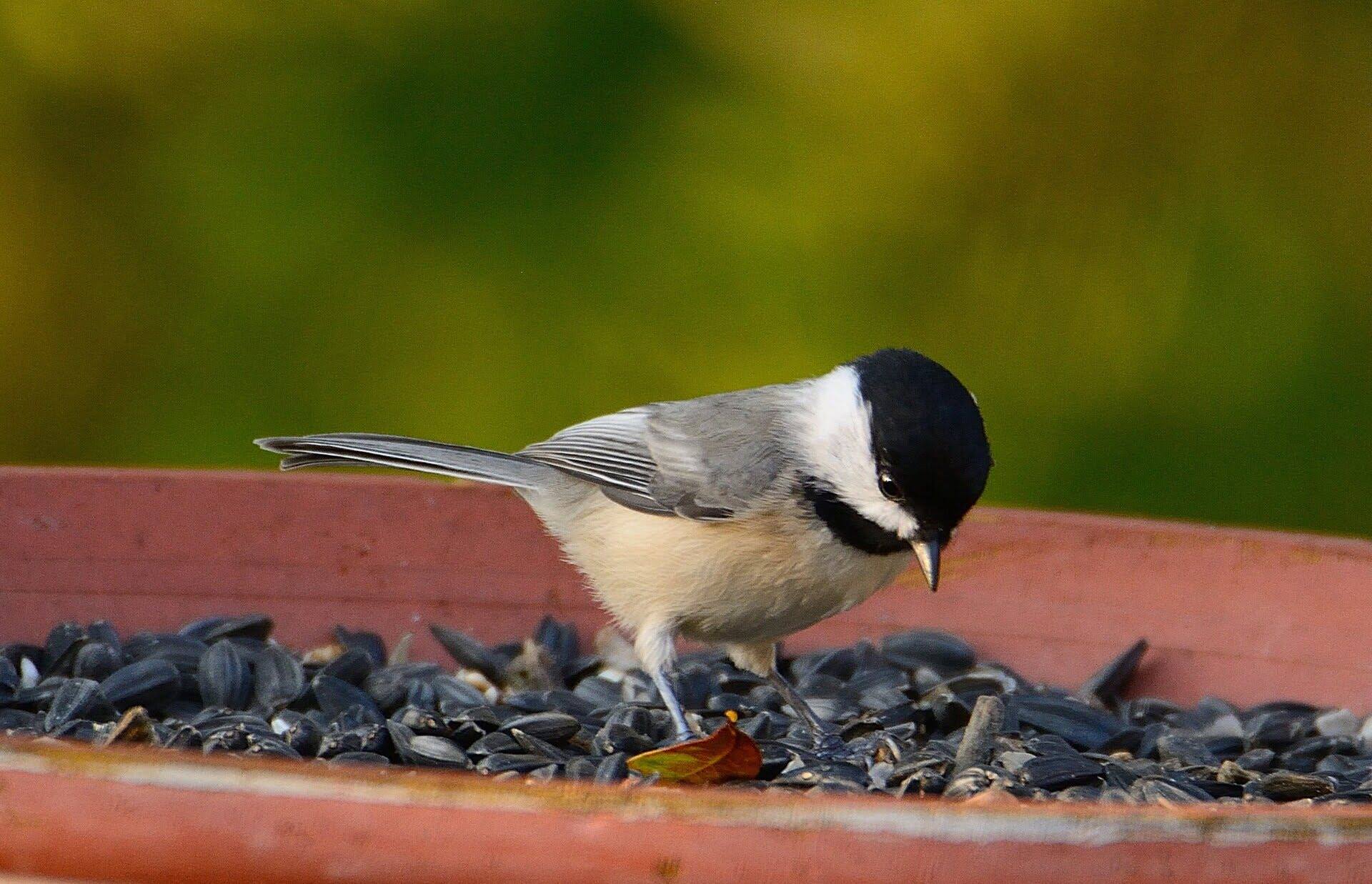
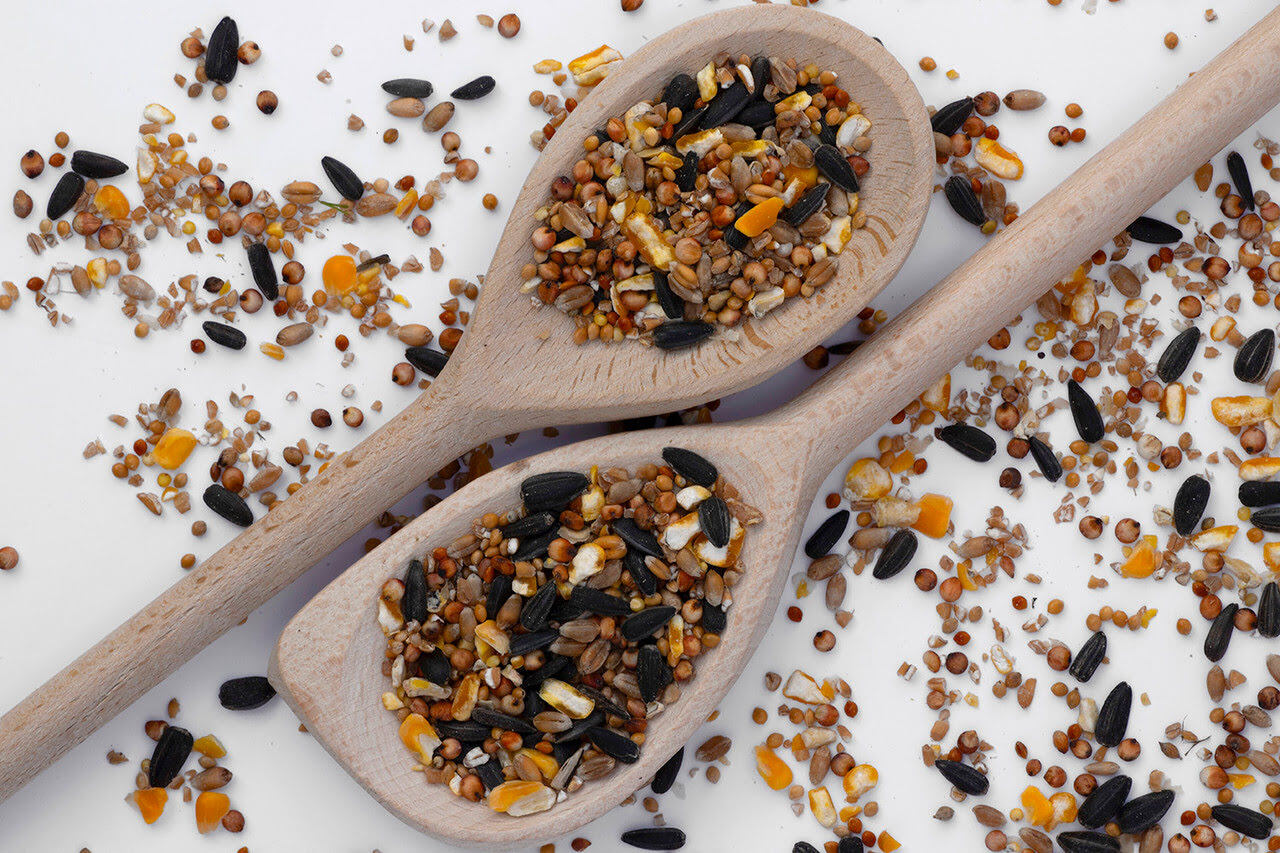
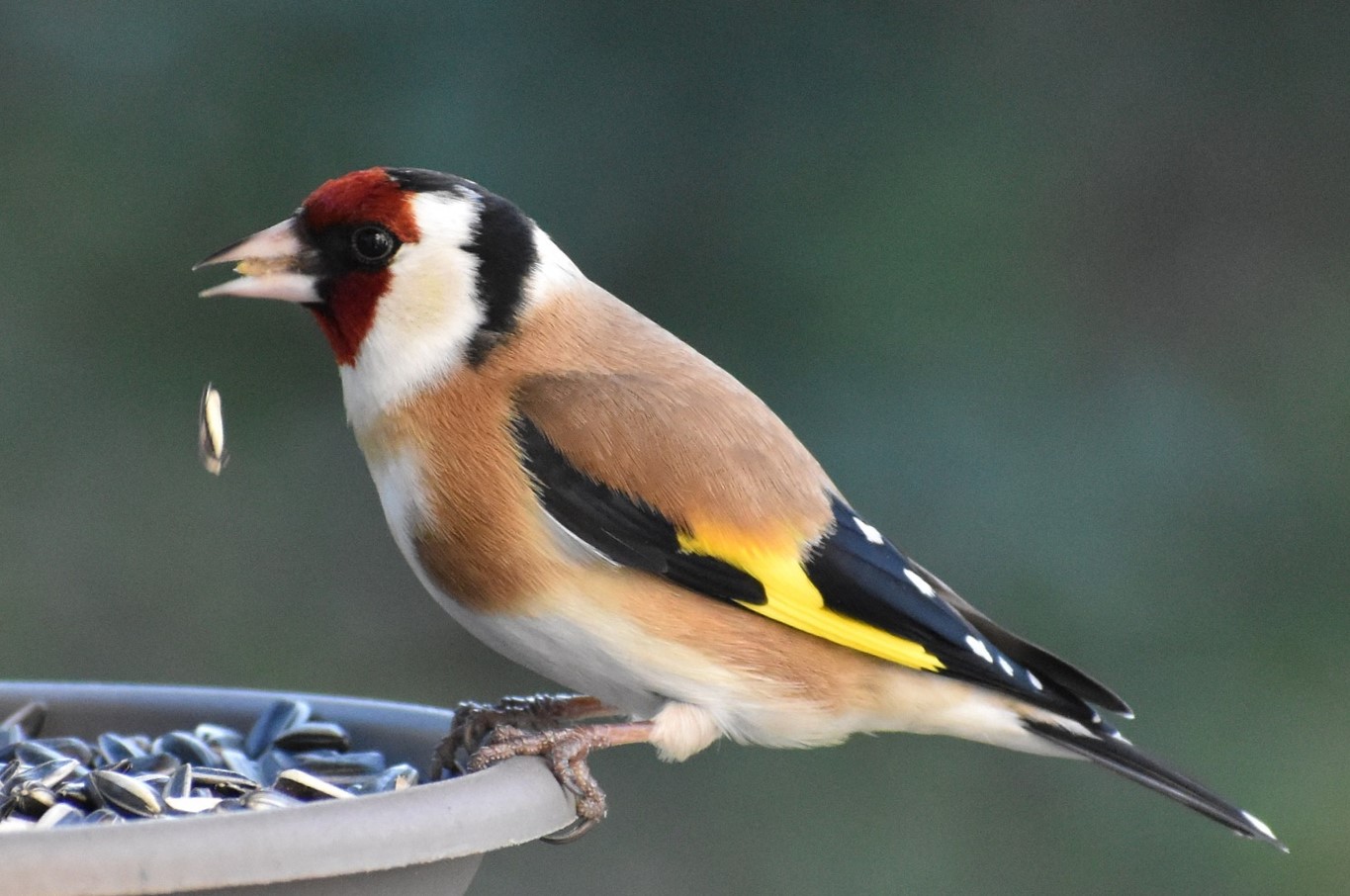
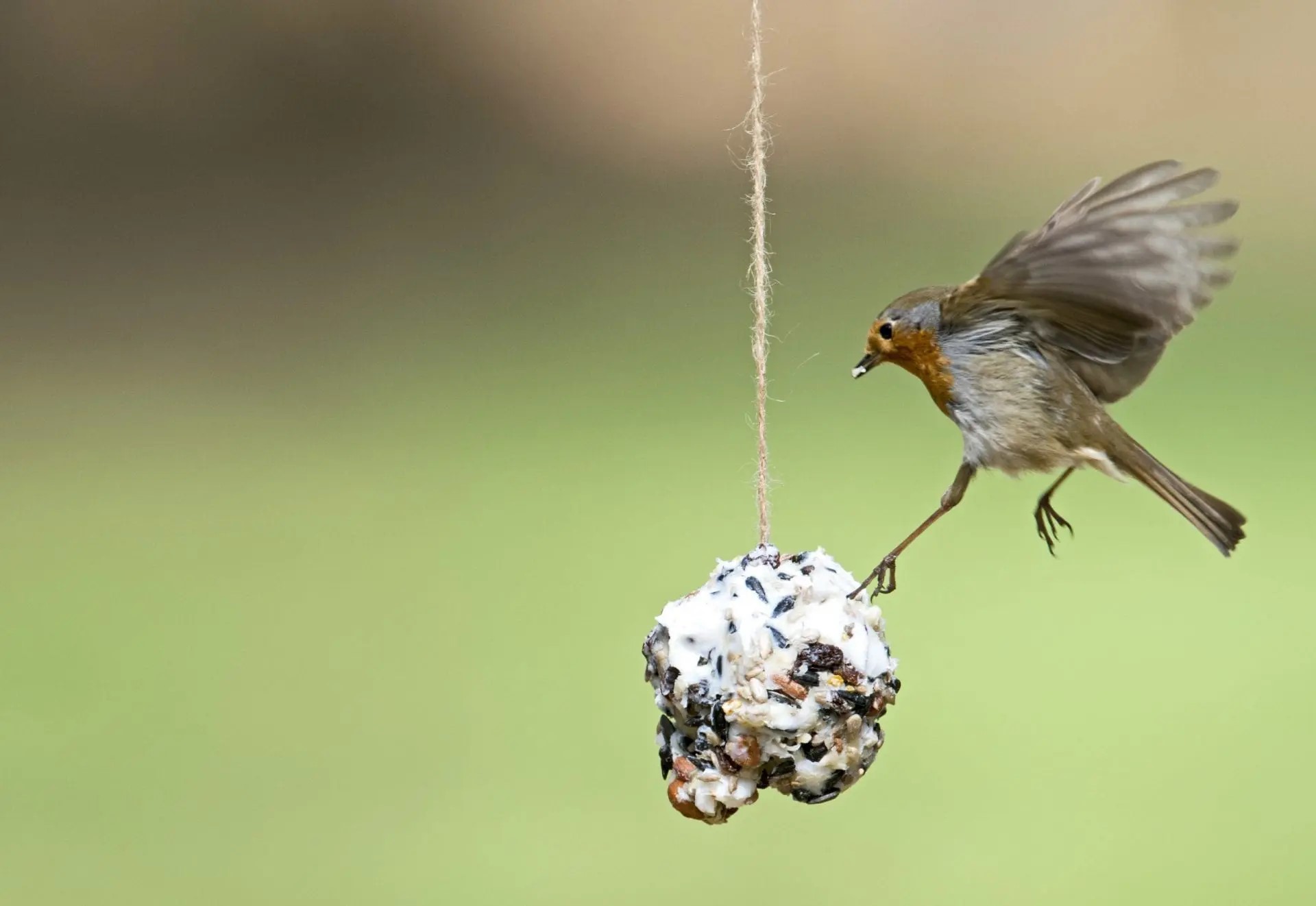
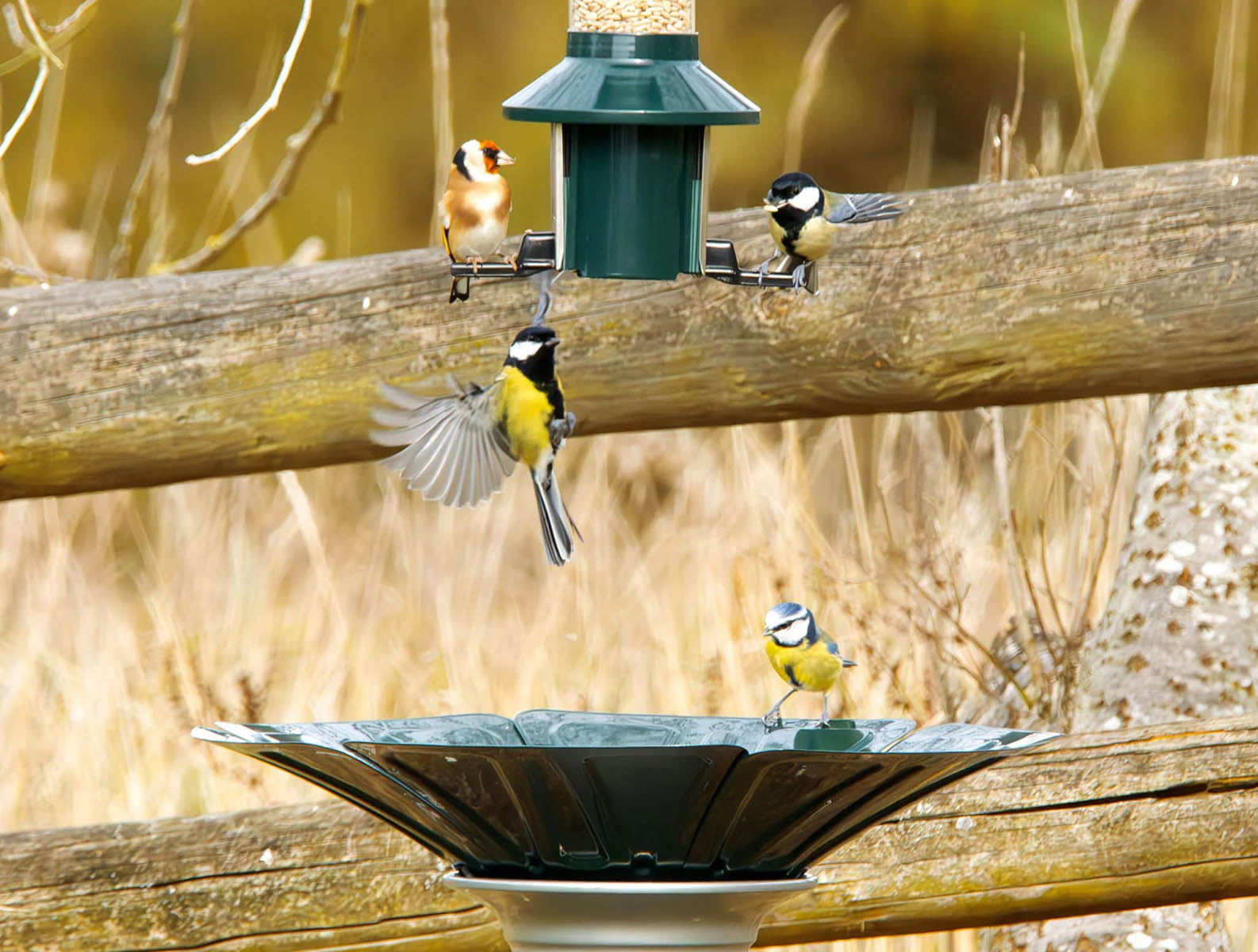
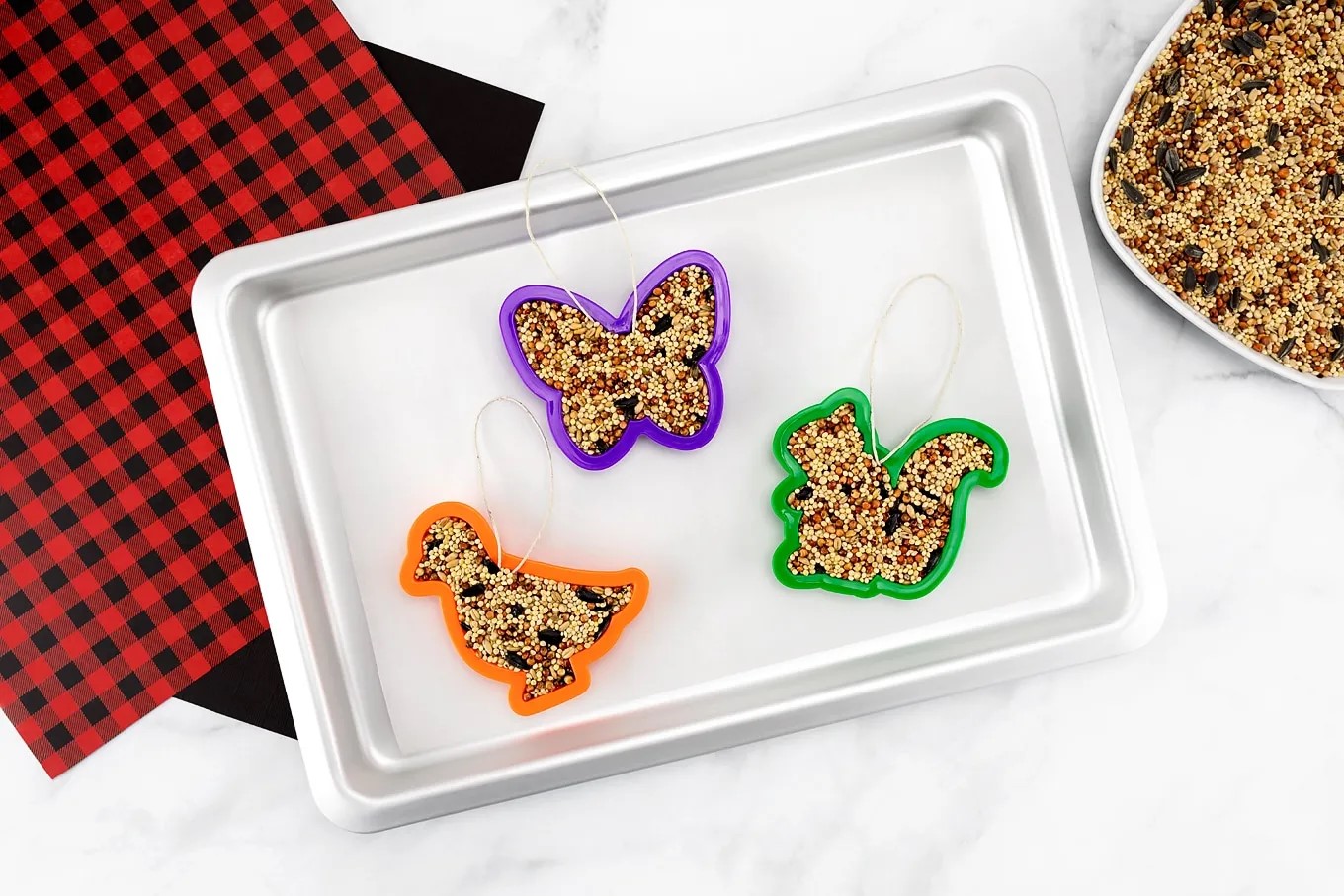
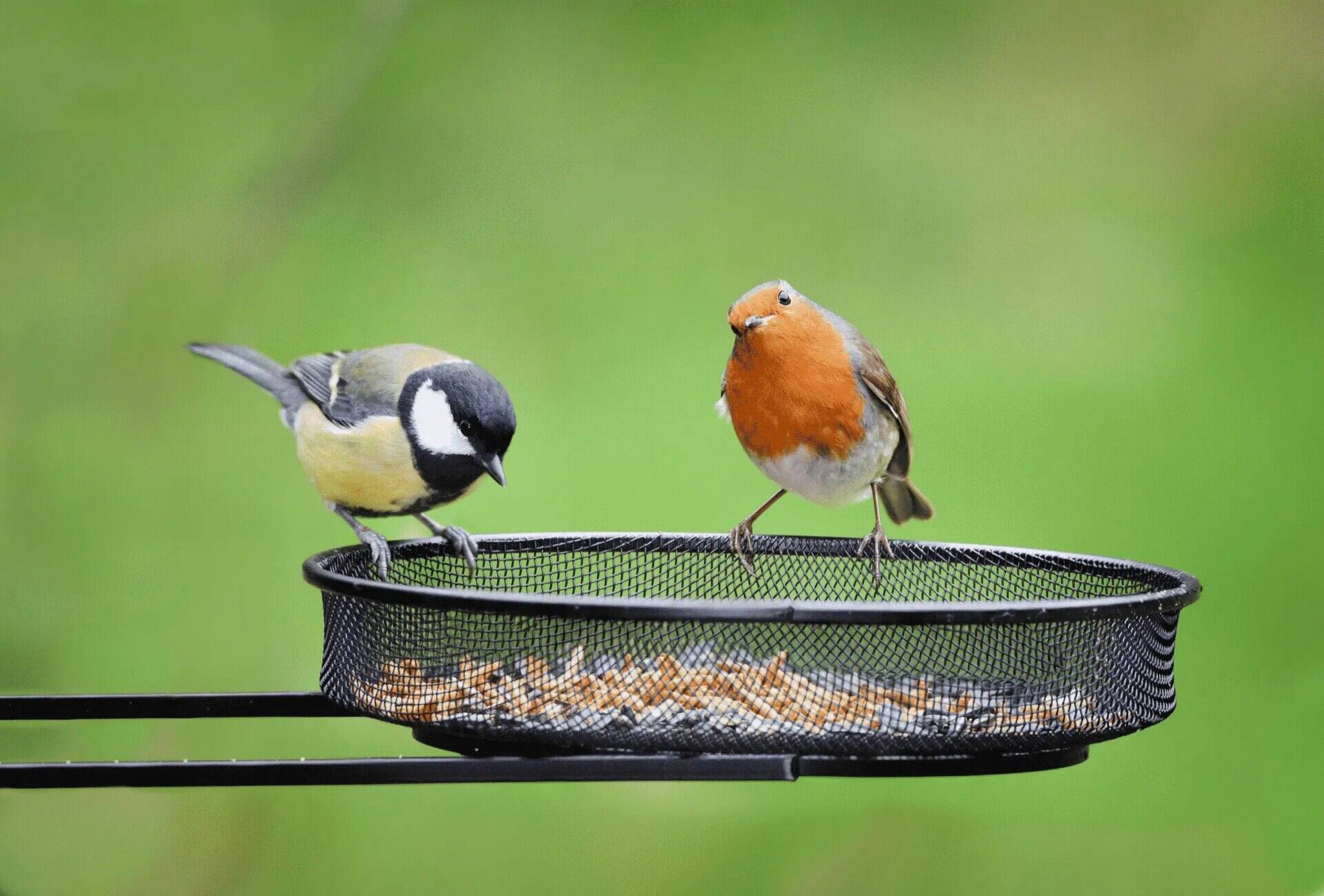
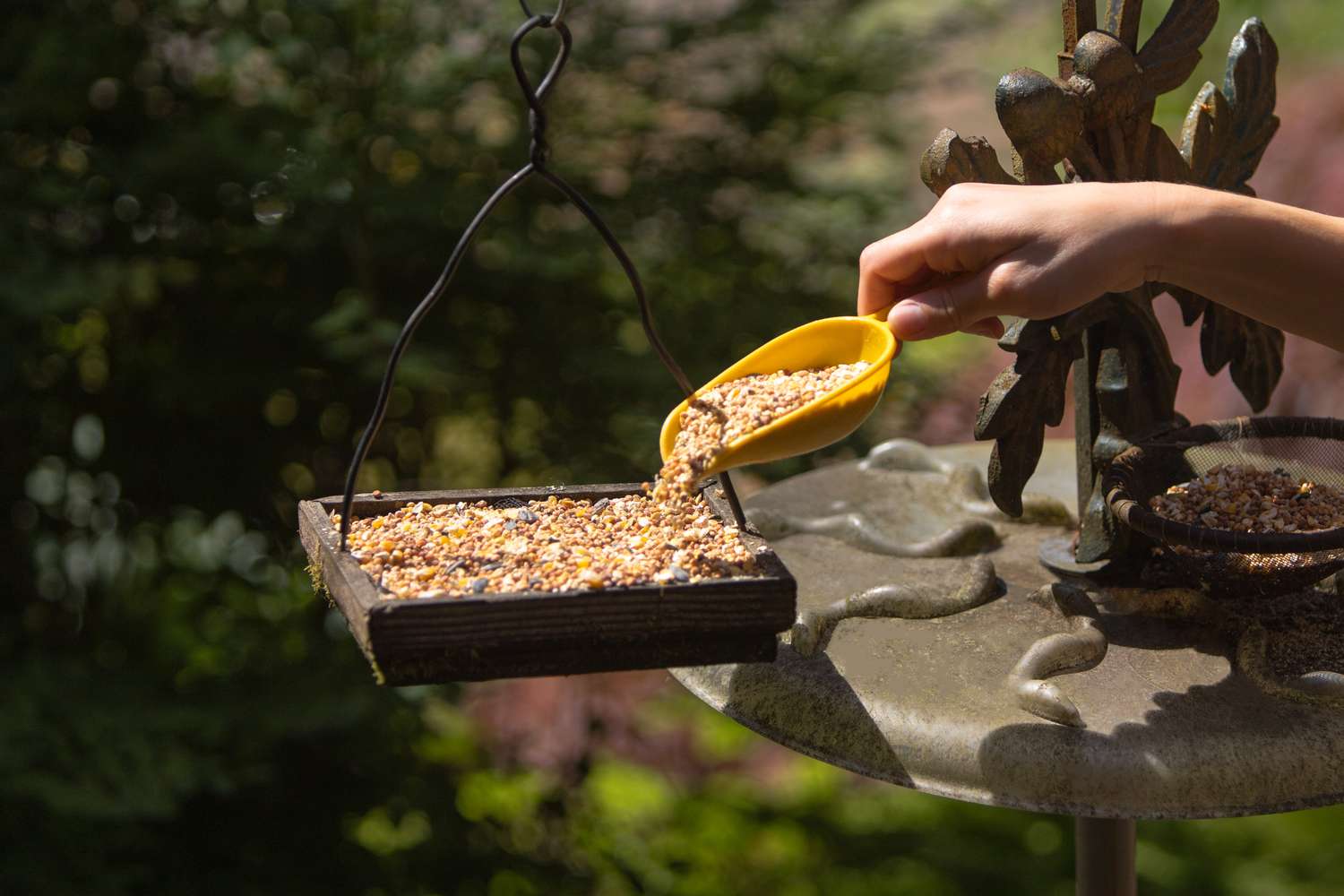
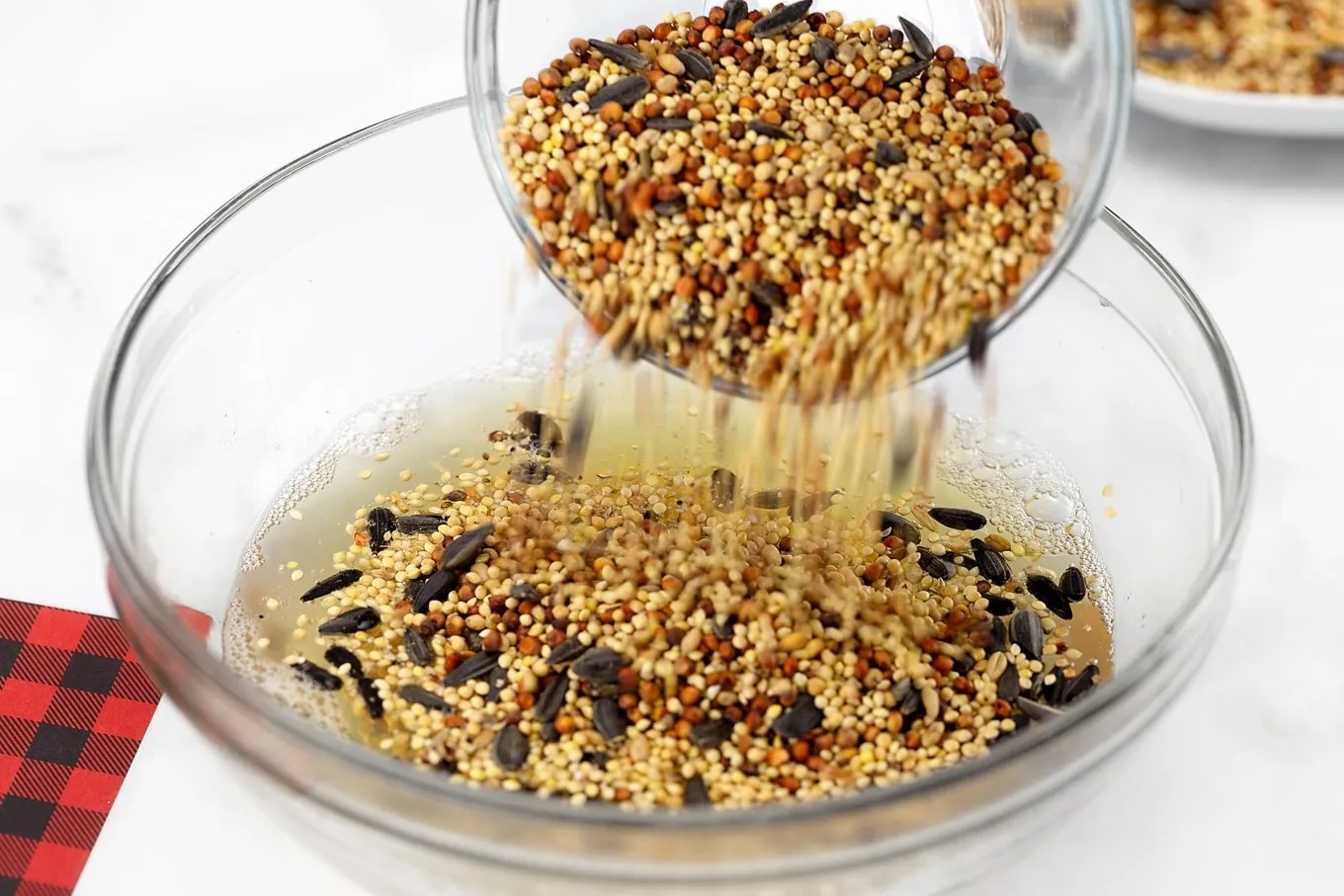
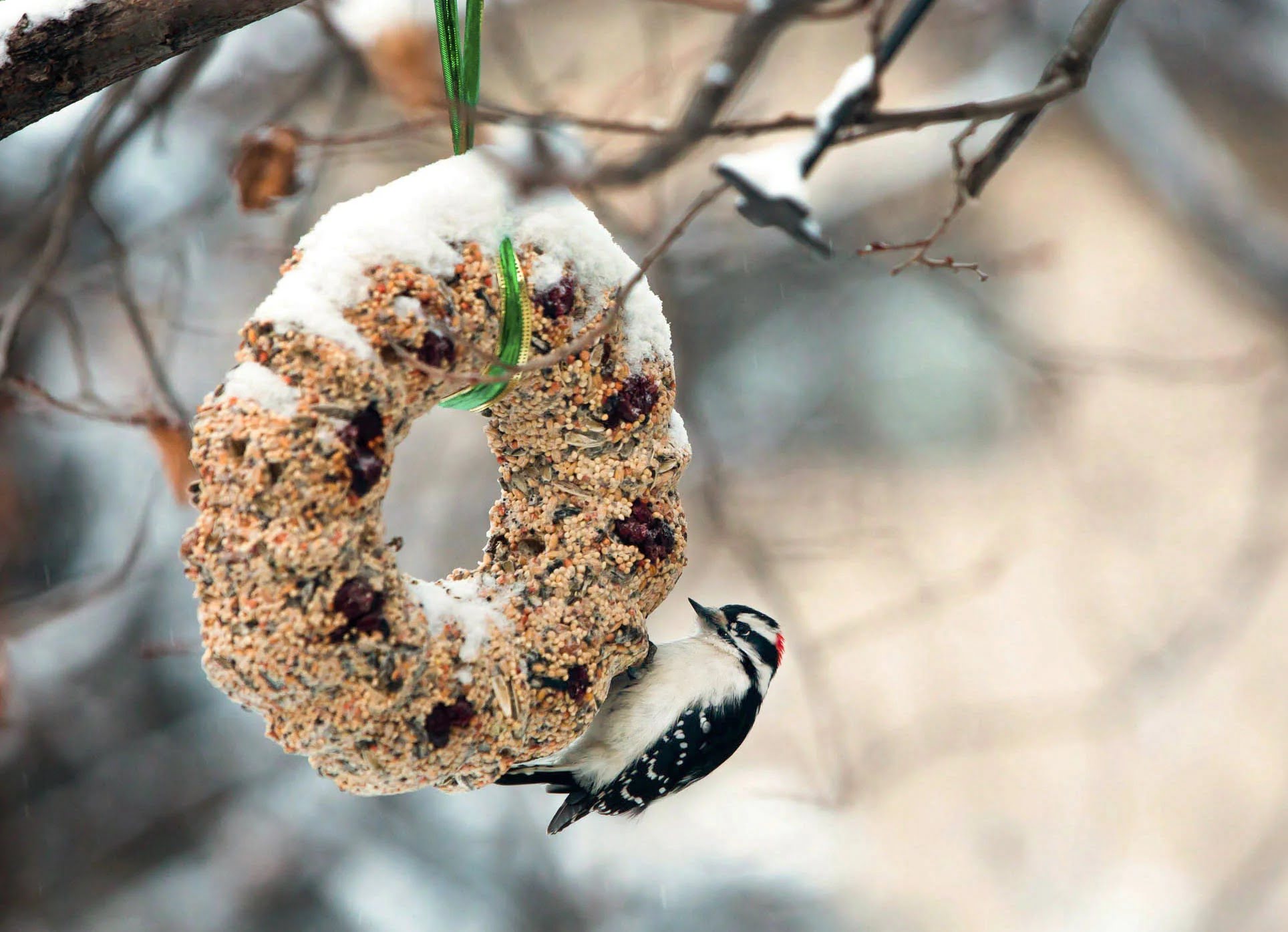
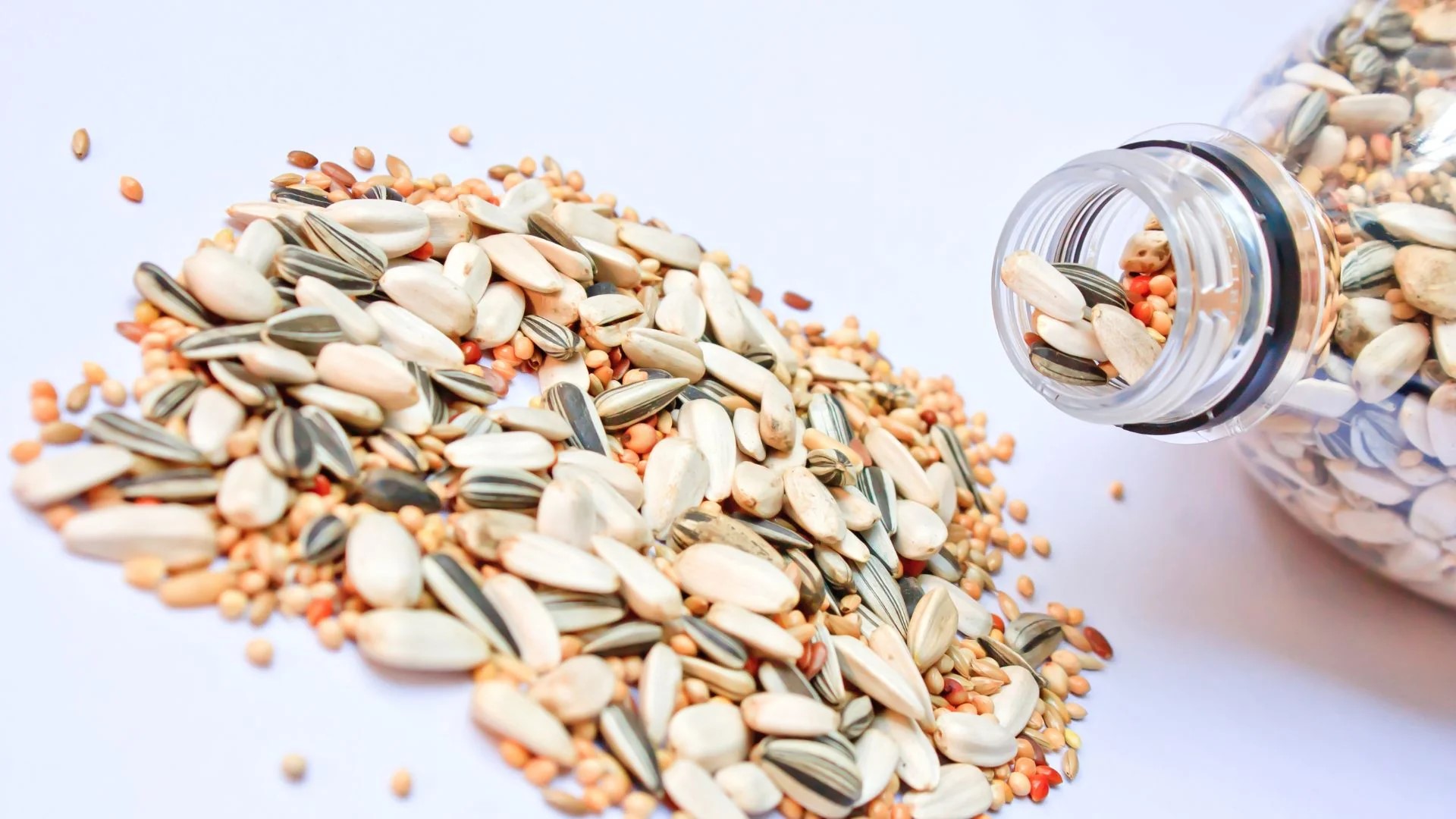
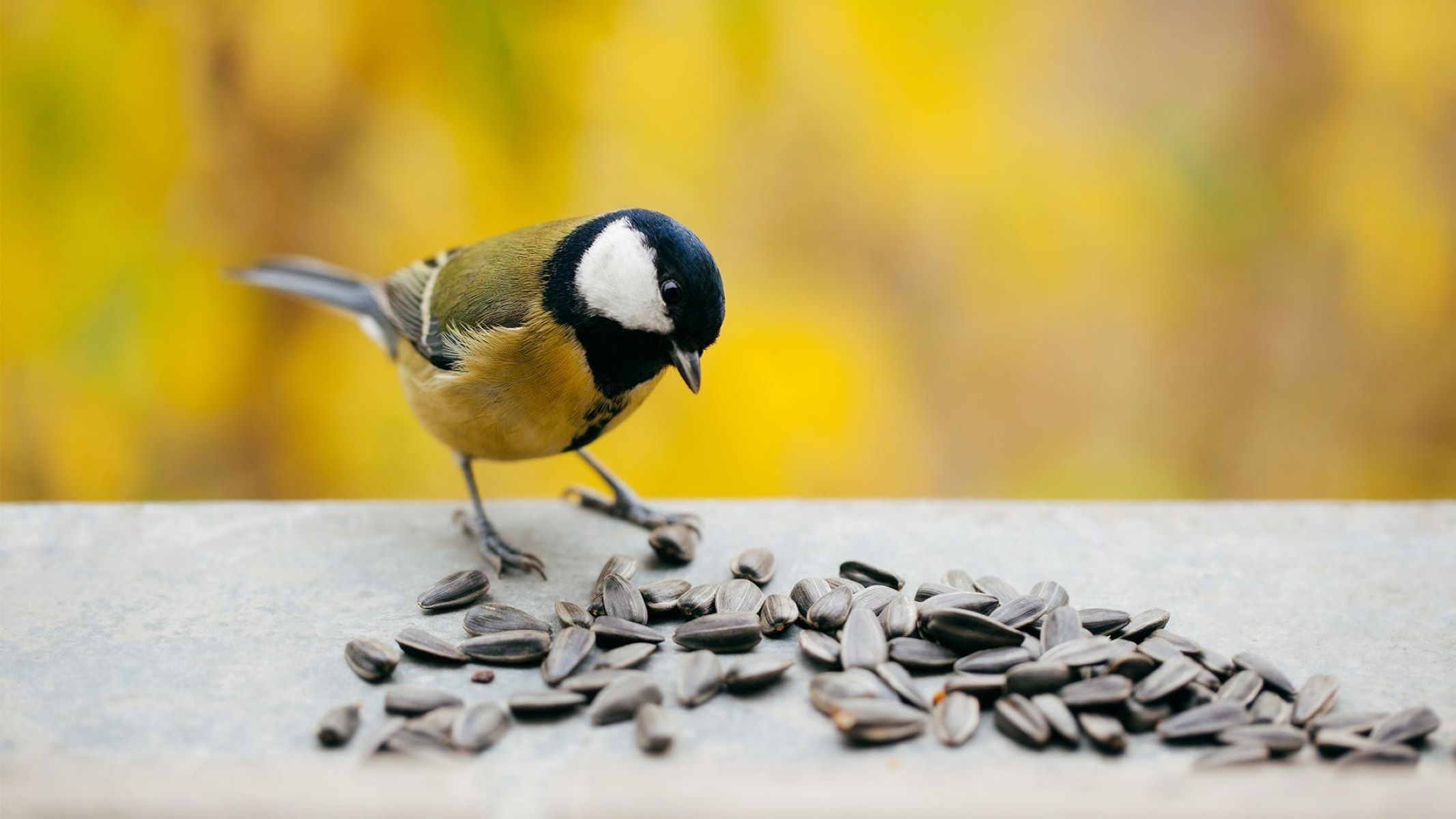
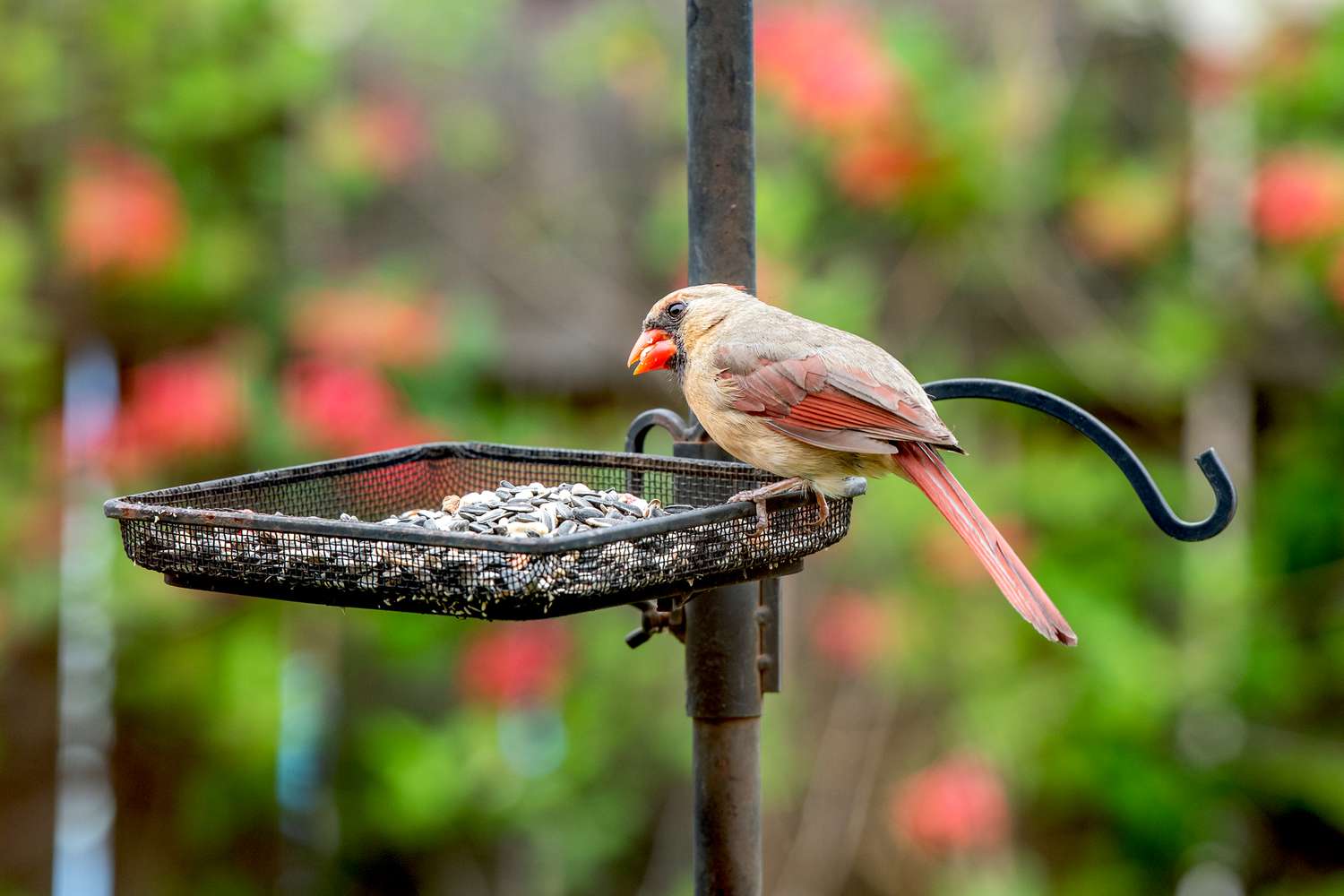

0 thoughts on “How To Plant Birds Of Paradise Seeds”